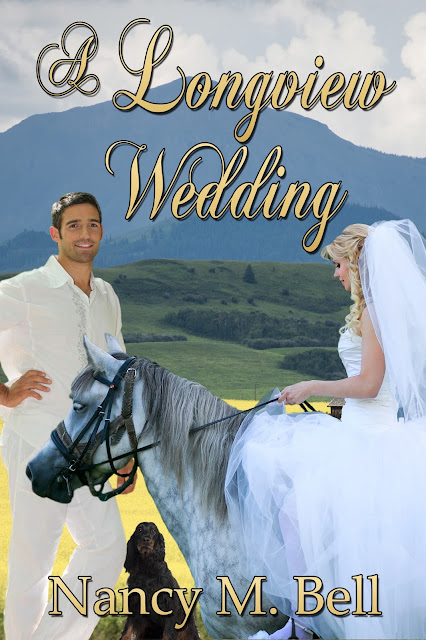We have a new member of our family. A kitten acquired as a companion for our resident cat who was sad and lonely after his next-door cat buddies moved away. Uh-oh, you’re thinking, crazy cat lady here. Well, crazy possibly; cat lady, slowly getting there after being a life-long dog-lover.
I'd always known my dogs' voices. Like with my kids, they had their distinctive sounds which I could determine three fields away but I somehow never expected a cat to be so vocal. I’d had cats in the past, briefly as it turned out because moving cars can’t stop in time for them if the driver even cared to. I simply don’t remember their voices, but our Number One cat objected vociferously to the newcomer, going from the deepest, base growl deep in his chest to a continual and very disapproving ‘yuuuuaaaakkkk'. Imagine having something tacky on your tongue and try vocalizing it. Yep, just like that.
The kitten, on the other hand, has a squeaky little meow that sounds like a rusty hinge. She sometimes chirrups and mutters to herself with a soft ‘ft-ft-ft’ sound. At other times, mostly when secured in her cat carrier, it makes you wonder how a one-and-a-bit-pound kitten can make such a racket.
Voice is such an individual expression, whether it is cats, dogs, or kids. The guy on the corner is going to sound different to a movie actor, and look at the number of those who are now lending their voices to animated characters. Movie buffs know those voices. They are instantly recognizable. Maybe the actor’s name doesn’t immediately spring to mind, but the voice resonates with you. Most recently Dwayne Johnson (The Rock) and Matthew McConaughey have voice-starred in Moana and Sing. Last summer Ellen Degeneres was Dory, and who can forget Eddie Murphy as Donkey in the Shrek series?
So it is with authors. Each has a different voice. Unlike cats, dogs, kids and movie stars, authors’ voices develop over time. We may start out writing like our favorite author. Mine was Georgette Heyer, which brought me to writing Regency romance. However, I so enjoyed contemporary author Maeve Binchy that I couldn’t bring myself to write in that genre. How could I write like Maeve if I was not her? Go figure.
It is only in the constant practice of writing that an author develops their voice, their personal way of stringing words together. They may listen to the nuances of emotion in their minds when they write dialogue and transfer it to the page, or picture their favorite colors when describing a view or setting. They may have a particular take on life because of their origins, but none of this will be immediate when they first start writing.
There may be several false starts before a writer becomes aware of the choices they are making in their word usage. The wider a writer’s vocabulary, the more choice they have and will sound more authentic. When I read a word I don’t know, I make sure to look it up in my dictionary. I may never use it, but at least I’m expanding my vocabulary. Hiding behind common-or-garden phraseology may tell a story, but it will not have any impact. One author described voice to me as ‘having the confidence to bleed on the page’.
The world around us, our family and friends, our experience of life influences us in ways that we don’t always appreciate. I might think of our resident cat’s growl when my Alpha Male hero faces the villain or our kitten’s ‘ft-ft-ft’ when I describe my heroine having something of a hissy fit with her nose in the air.
It has taken me many years of constant writing practice to achieve the confidence I now have to ‘bleed on the page’, to have confidence in my writing and my essential voice.
Find me at:













































.jpg)

